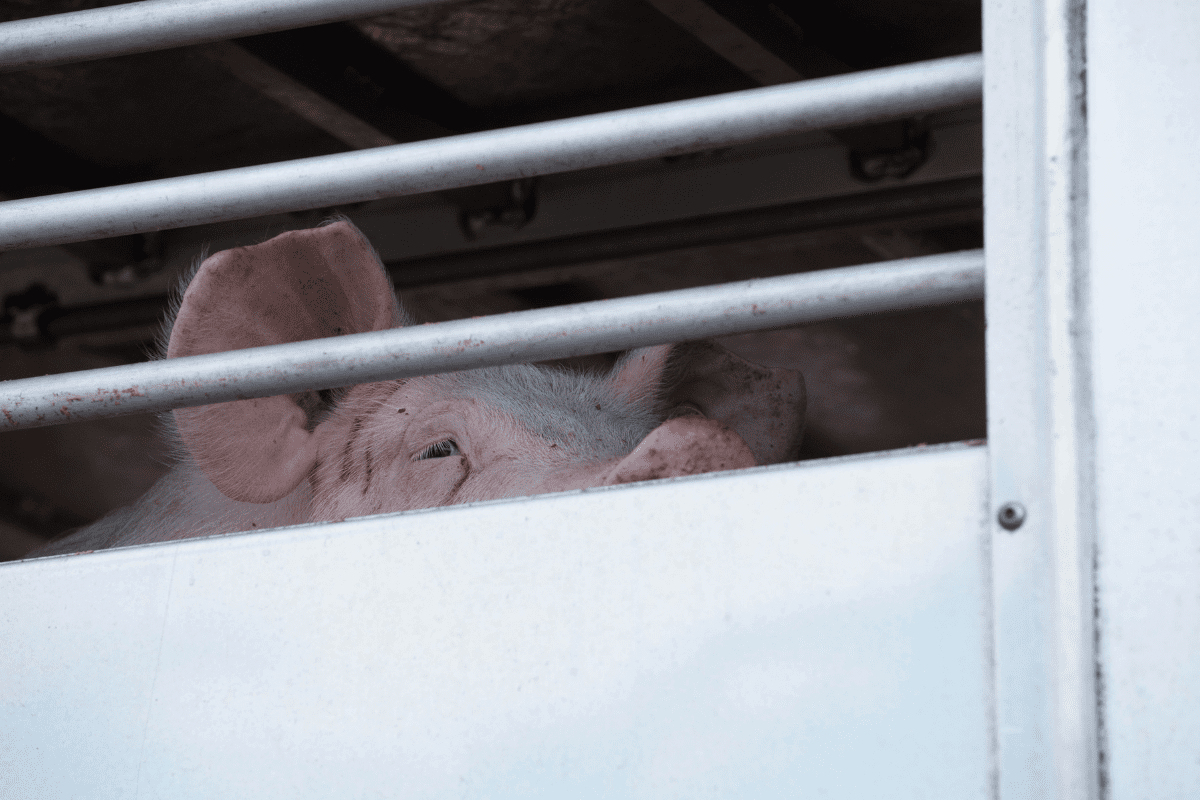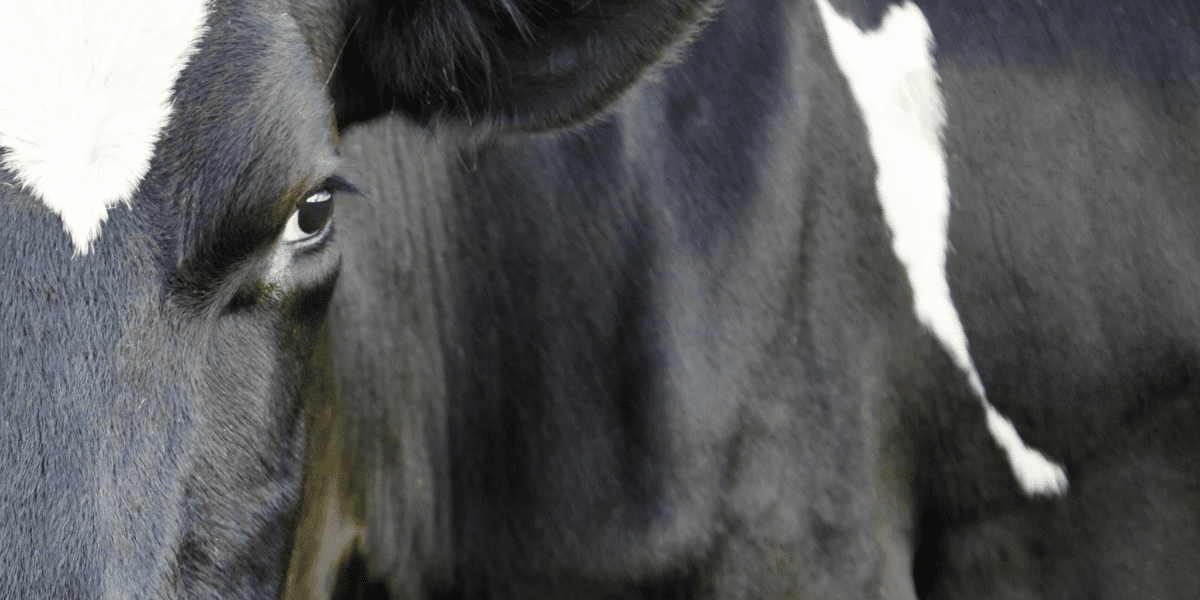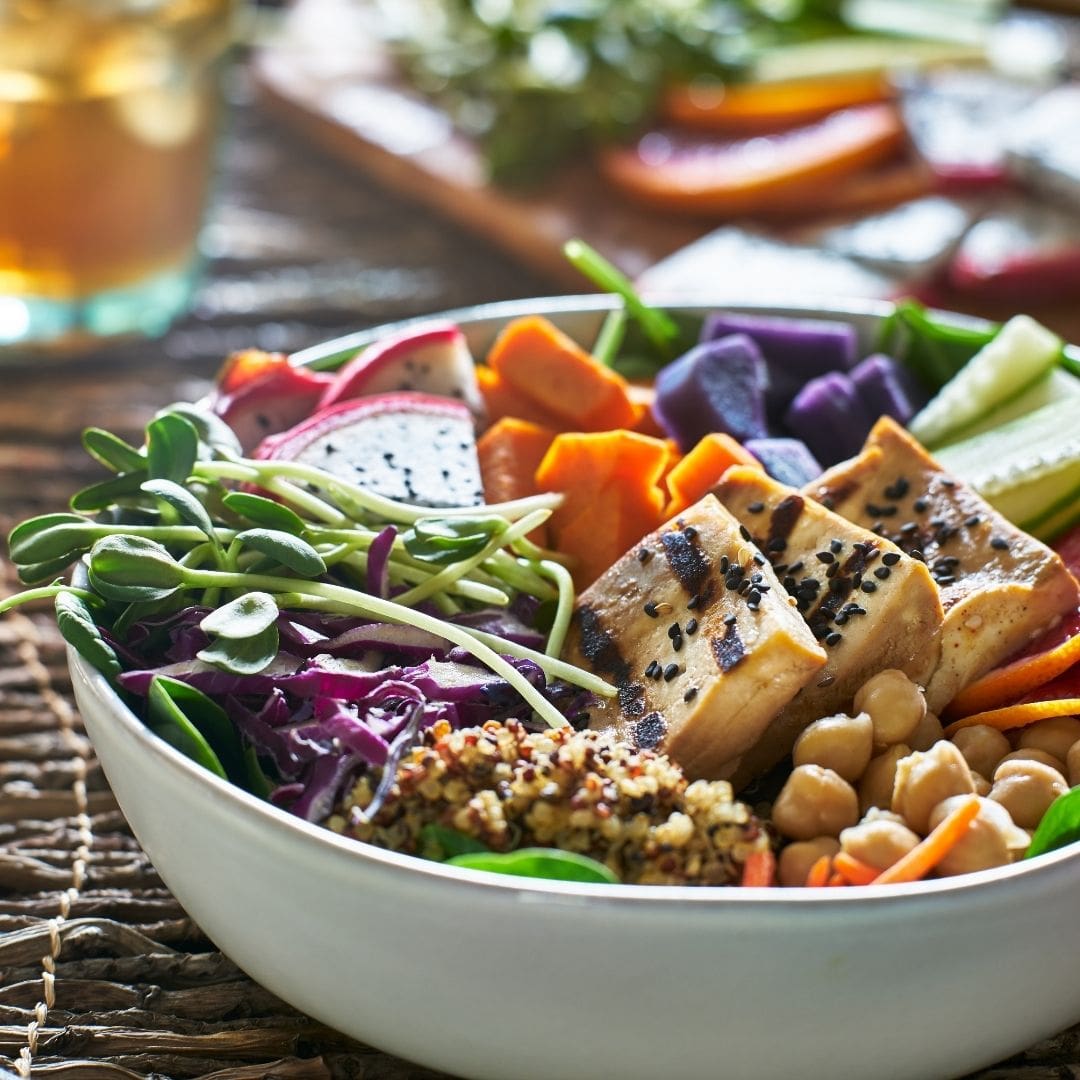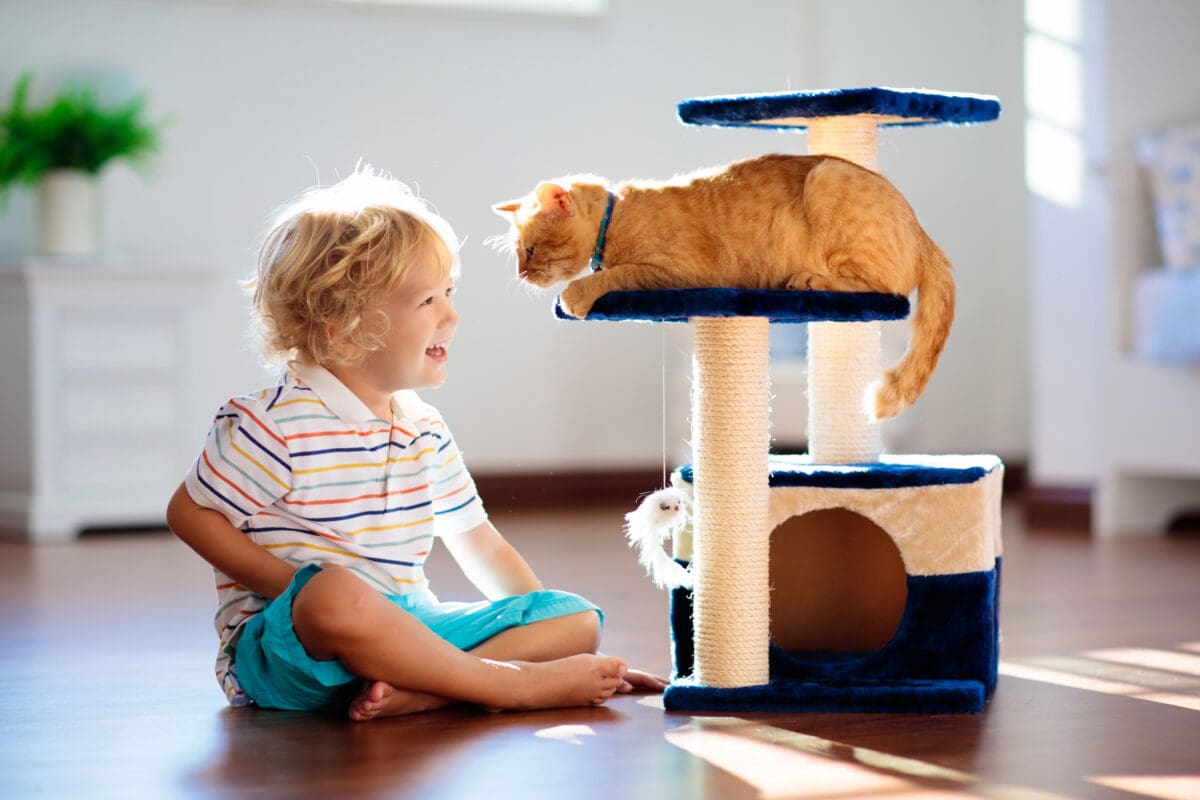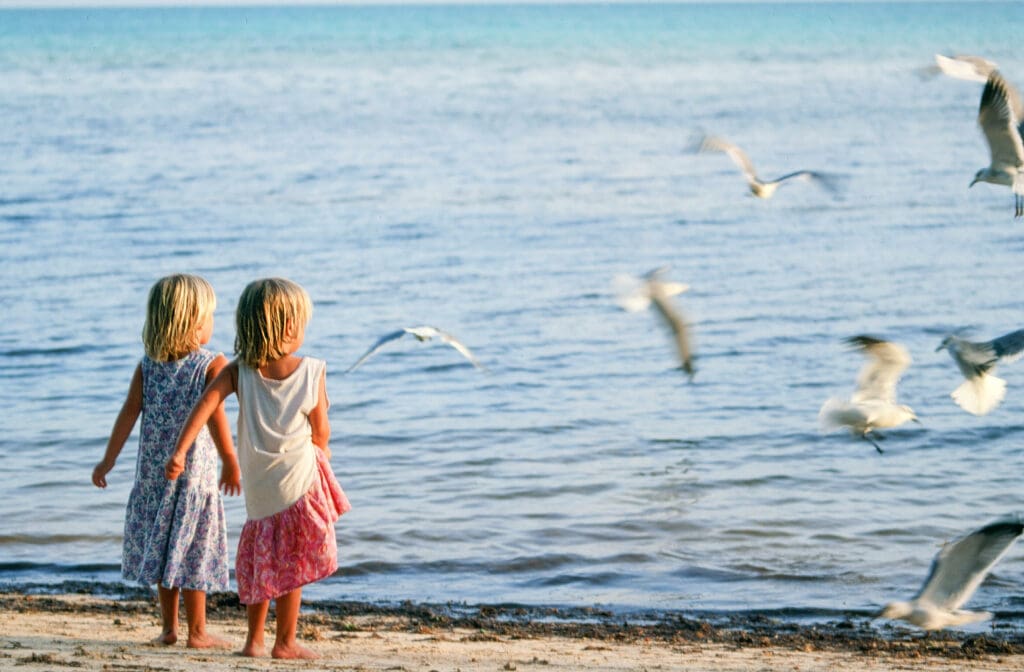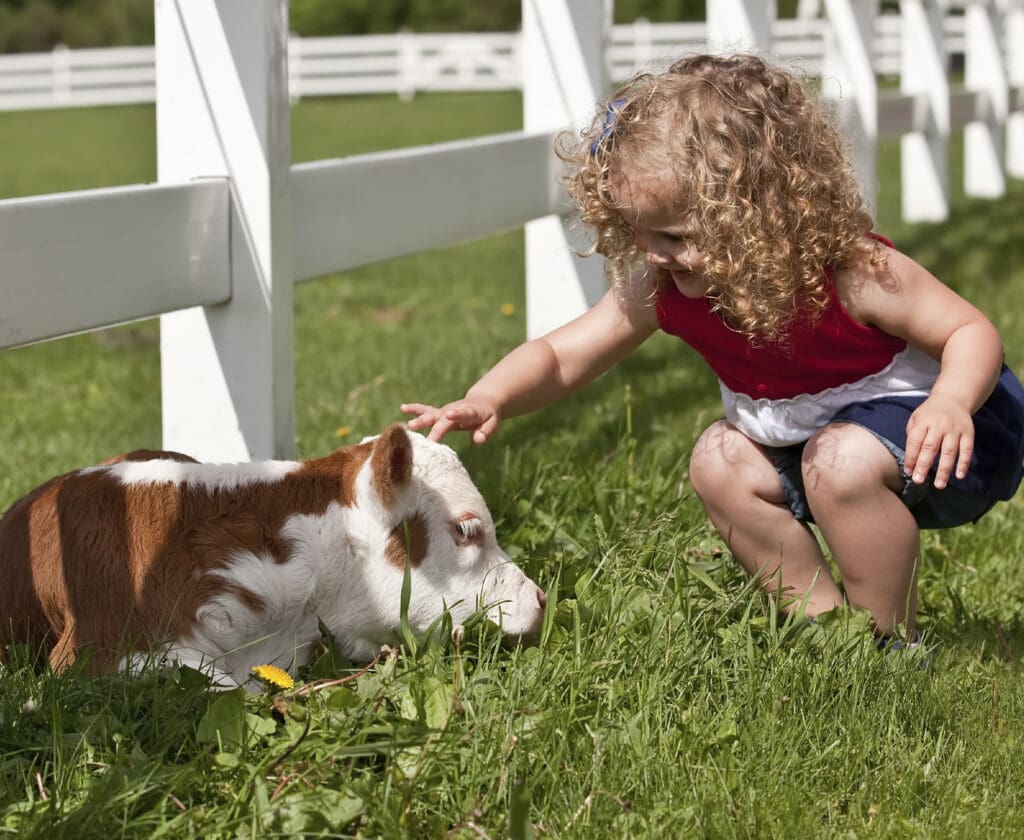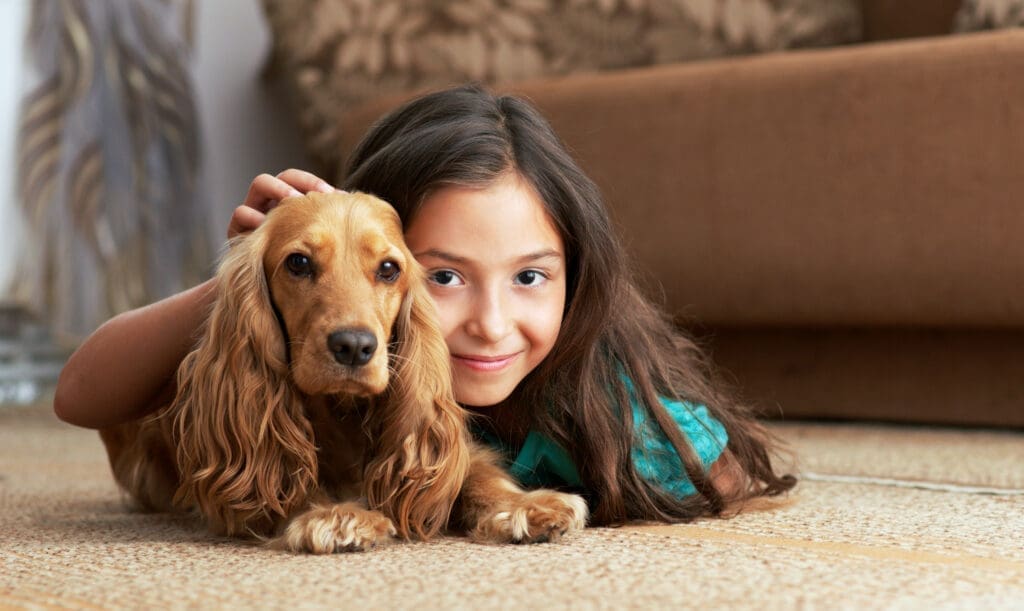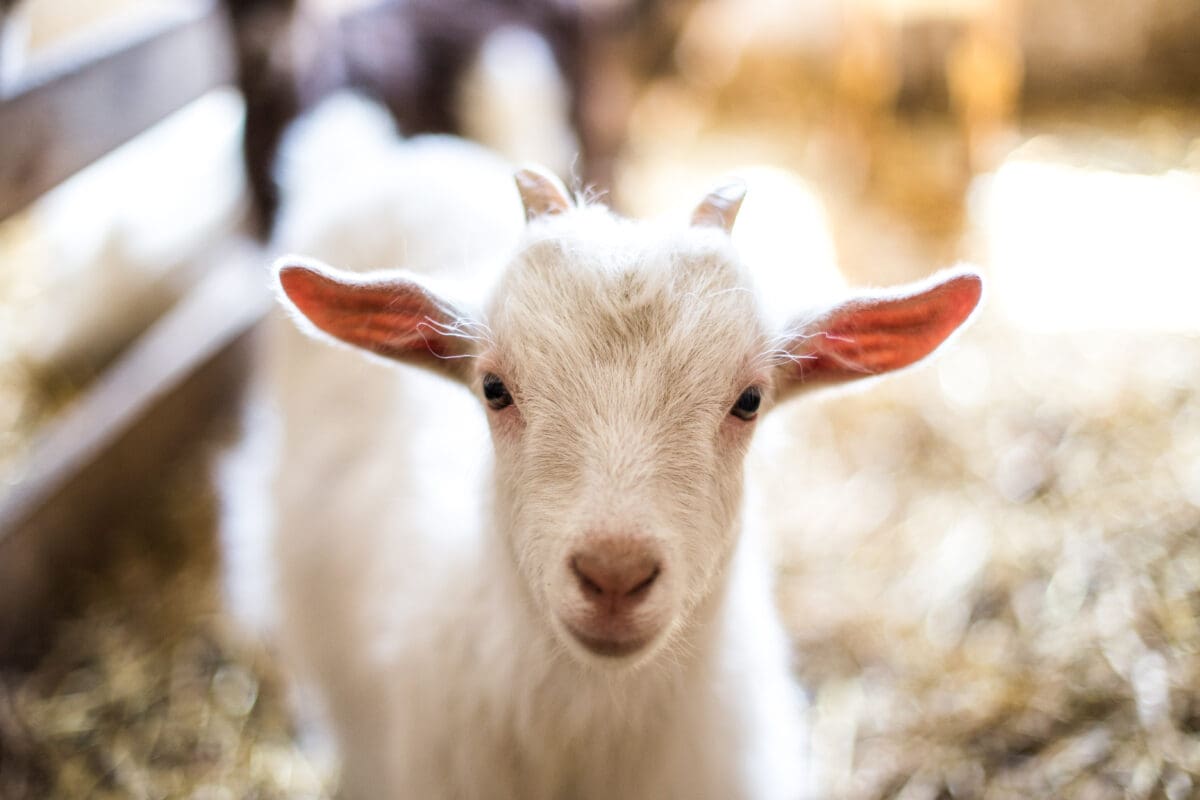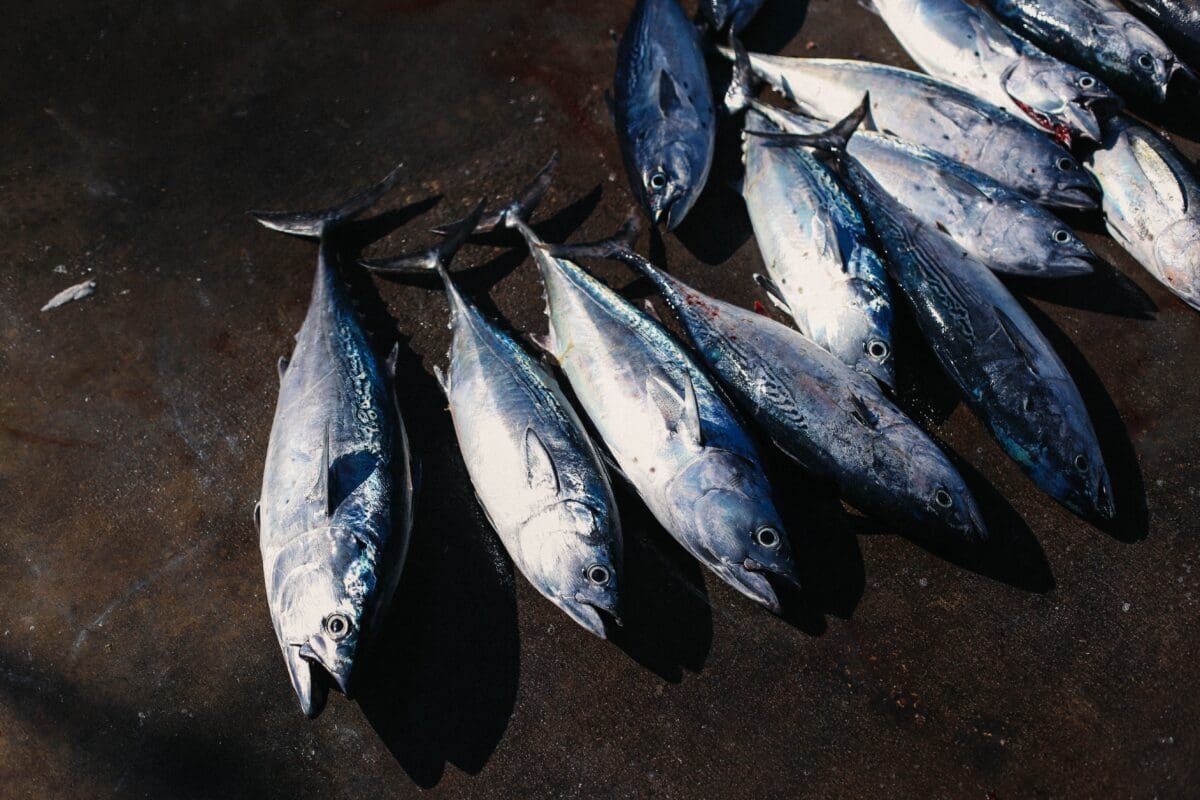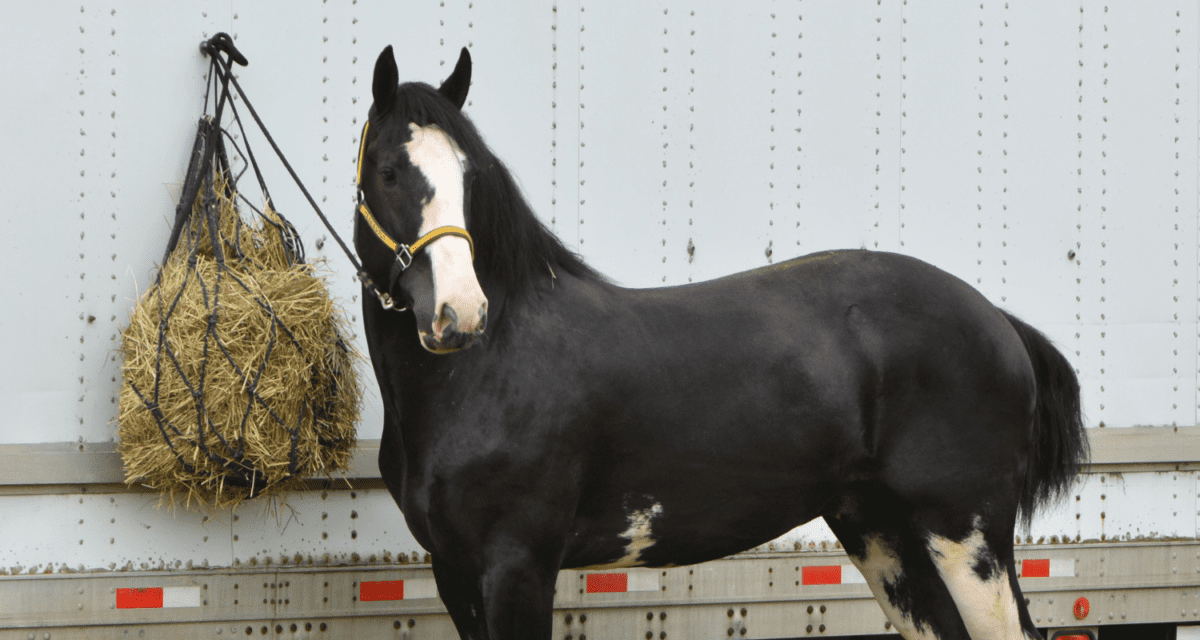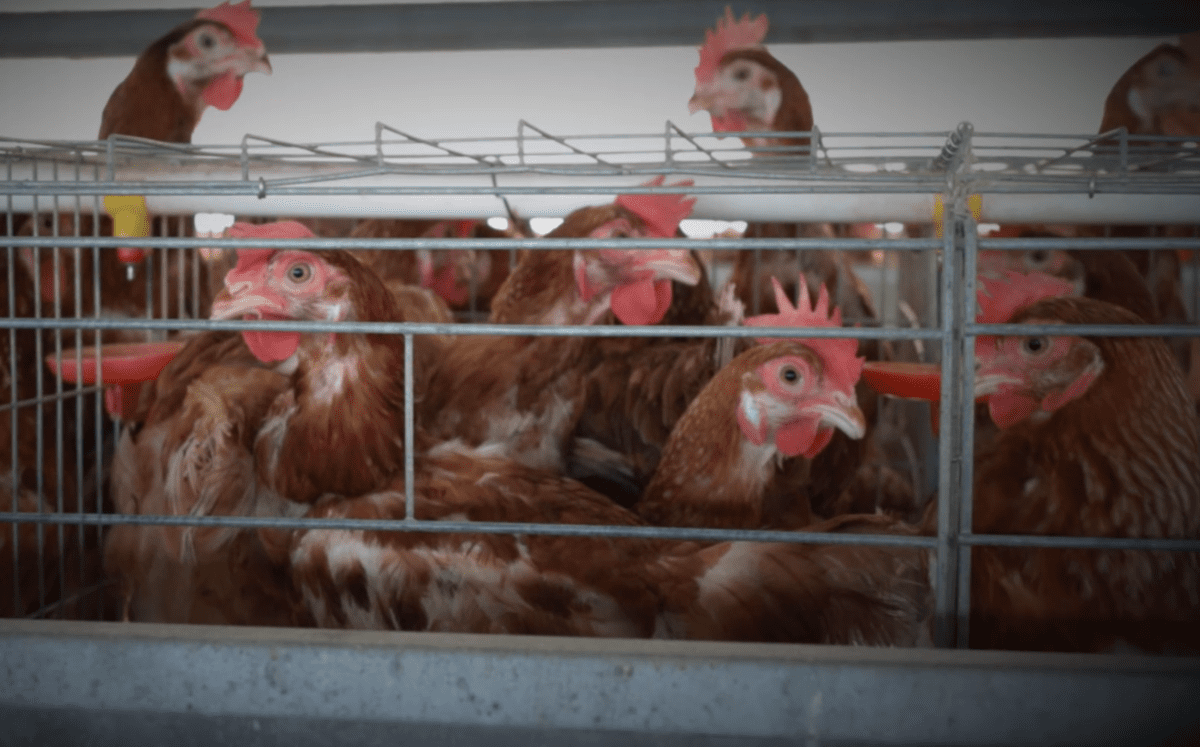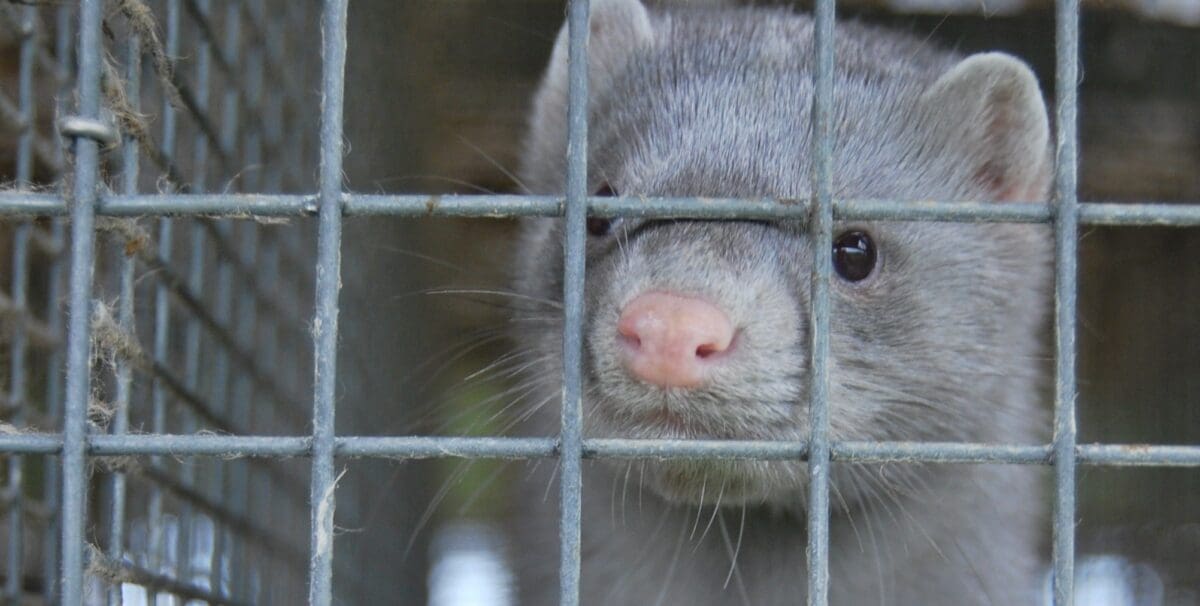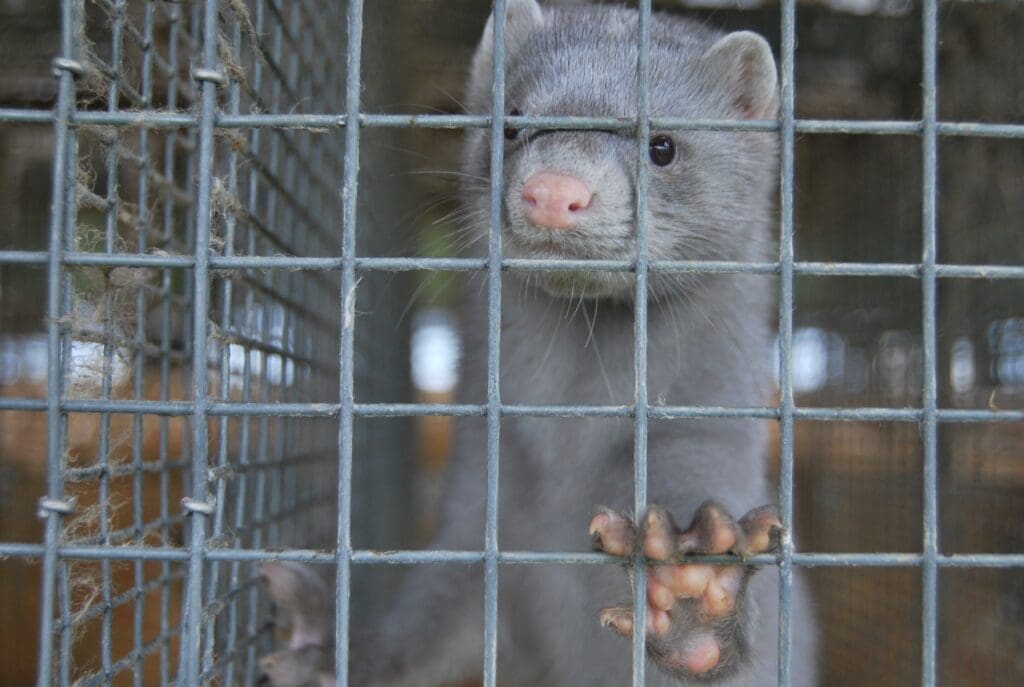Article originally published in The Georgia Straight.
Ready for another inconvenient truth? Here’s one: fish feel pain, are sentient, and are far more intelligent than we thought.
Even more inconvenient—we need to do something about it.
The scientific evidence that fish are sentient (able to feel and perceive things) has been piling up over the past few decades, but this information, much less its implications, has yet to permeate public consciousness.
When people think of fish, it’s usually as food, sport, or something to look at in an aquarium. Are we ready to accept that fish have feelings?
There is now a scientific consensus that fish feel pain. Research has shown that, like mammals, they have pain receptors (nociceptors) that detect injury. And, although their nervous systems and brains are different from ours, they are capable of experiencing pain. Studies have found that fish change their behaviour when subjected to a painful event and that painkillers prevent that behaviour, indicating that they are suffering, not just physically reacting to a negative stimulus.
In her groundbreaking 2010 book Do Fish Feel Pain?, biologist Victoria Braithwaite summed up her view on the issue: “I have argued that there is as much evidence that fish feel pain and suffer as there is for birds and mammals—and more than there is for human neonates and preterm babies.”
But fish can feel more than pain. Research has shown they can experience fear, depression, and pleasure. The case for fish sentience has been eloquently made by Jonathan Balcombe in his book What a Fish Knows, which he says he was inspired to write “when I became aware of fascinating scientific discoveries about fishes that revealed rich, complex lives, and I realized how very little of this information was reaching the public consciousness”.
Many scientists now subscribe to such views. Culum Brown, a biologist at MacQuarie University in Australia who has studied fish cognition and behaviour for 25 years, has said, “You should think about fish in the same way you think about a pig or a cow.”
Evidence for fish intelligence is also well established. One remarkable example is the cognitive ability of the frillfin goby, a small fish frequently trapped in rock pools when the tide goes out. Often, the gobies jump from pool to pool, but how do they know where the next pool is and how far to jump? Scientists have researched this question for a number of years, concluding that the gobies are able to make a mental map of the positions of the pools so they know exactly where to jump. So much for the myth that fish have a three-second memory.
Studies have found that fish use tools, recognize other fish, and can recognize themselves in a mirror (an ability previously thought to be confined to humans and a few other animals such as primates and dolphins.)
Our image of fish as dead-eyed, silent, scaly creatures makes it hard to regard them as intelligent beings with feelings, but the science cannot be ignored. We need to change the way we think about fish.
That means thinking about fish welfare. We give many other animals—dogs, cats, farm animals, terrestrial wildlife—at least some measure of welfare protection under the law or through regulation. Fish get almost none.
Improving their welfare is challenging, but there are steps that consumers, government, and industry can take.
As vegetarians and vegans will argue, the best step is to stop eating fish and switch to a plant-based diet. It’s an ethical choice that would also reduce the consumption that has led to 90 percent of the world’s marine fish stocks being fully exploited, overexploited, or depleted.
For those who do eat fish, there are few humane choices. Hooks hurt. Fish suffocate when they are hauled out of the water. Some pioneering fishers have invested in technology to stun fish within seconds of being brought aboard, but such methods are rare in the fishing industry.
Fish farms are notorious for poor fish welfare and environmental problems, but the development of Canada’s first code of practice for farmed salmonids is a sign that fish welfare is starting to be taken seriously.
Such developments may take years to have a significant impact on fish welfare. They need support and investment from government and industry.
In the meantime, it’s best to leave fish off your plate.

